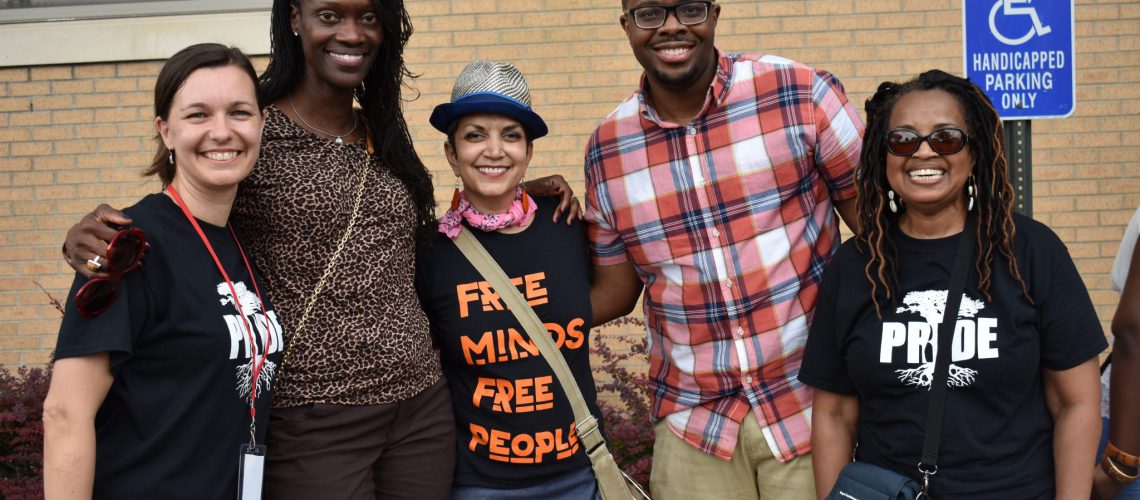

Racially Responsive Teaching Practices
Low RRTP: The Color Blind Approach
In this low level of RRTP, adults adopt the policy of not seeing or being influenced by their students’ race. In this approach, teachers do not engage in direct conversations or discussions with children about race. However, the absence of any messages about race still sends messages to children about race. For students of color, their experiences can become invisible in the classroom. Without any intentional discussion about race, there cannot be positive acknowledgements of race either, even when classroom books and other materials may reflect diverse families. This approach leads children to develop their own understandings about race, and if they ask questions, they are met with adults who are not willing or able to adequately talk about race in the school testing.
Medium RRTP: The Color Aware Approach
An improvement of the color-blind approach, teachers who practice being color-aware intentionally celebrate children’s racial differences as an important part of who they are and teach children about race in direct and honest ways. Adults in color-aware classrooms find ways to incorporate positive discussions of race into the curriculum, and take advantage of teachable moments related to race. Teachers utilizing this approach respond to children’s questions and race-related interactions in ways that help children know talking about race is OK. These teachers also furnish additional books and activities to keep the conversation going.
High RRTP: The Social Justice Approach
This RRTP category is considered ideal and encompasses actively empowering young children to recognize and act on race-related injustices. This means involving them in projects that allow real participation in the process of change such as the early childhood Band-Aid company experience. At the social justice level, teachers show children that although there are many societal problems, there are people and organizations invested in positive change and that even young children can help make that change.
More From P.R.I.D.E.
Receive the latest P.R.I.D.E. news in your inbox
